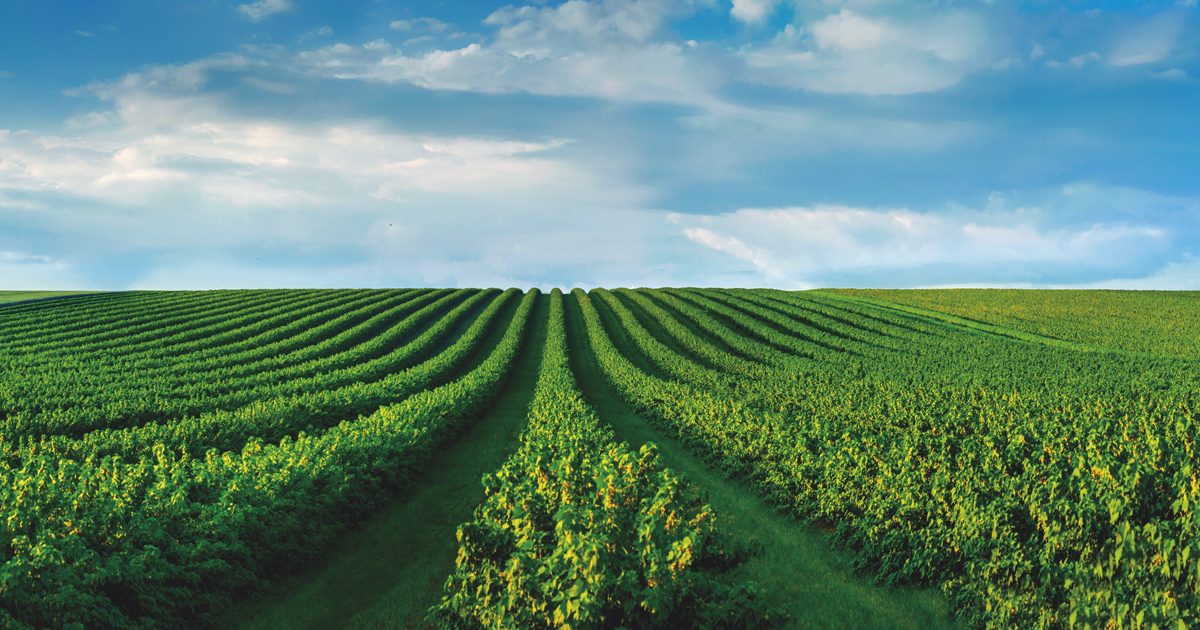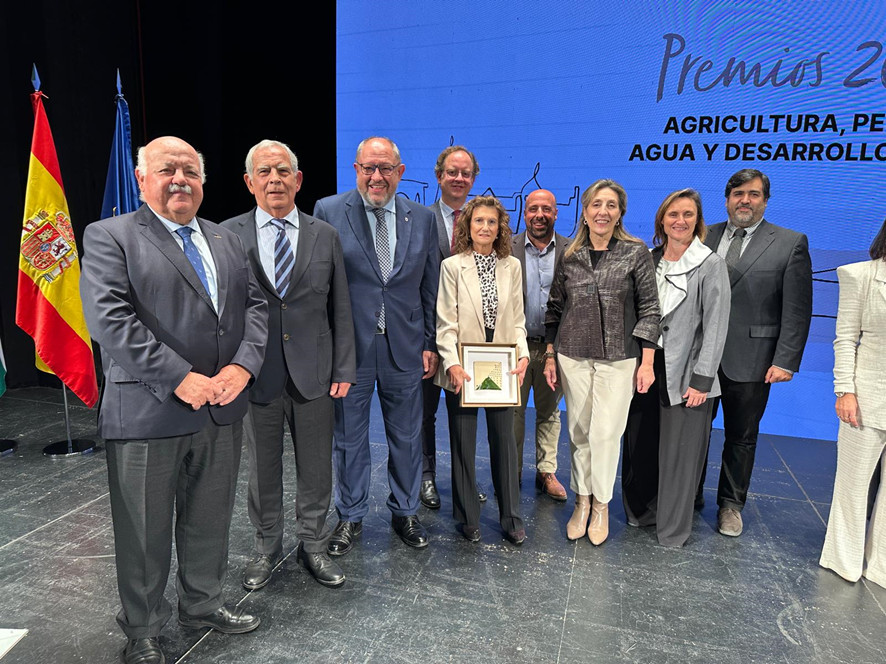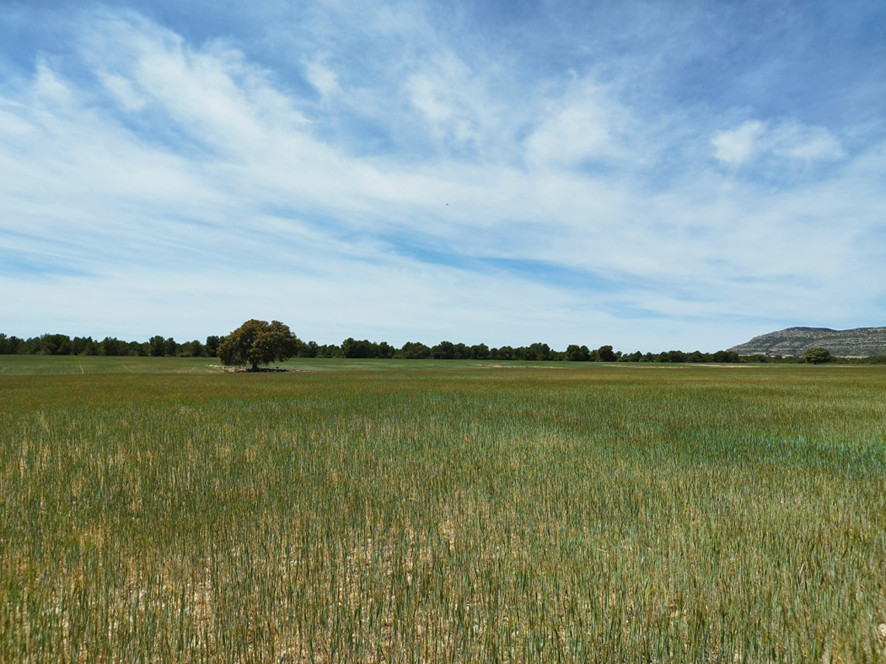Conservation Agriculture in the Eco-schemes of the new CAP

Life Resilience and Life Agromitiga create synergies and share experiences
2021-10-01
LIFE Agromitiga project present at the COP 26 in Glasgow
2021-11-15Conservation Agriculture in the Eco-schemes of the new CAP
Everything seems to indicate that Conservation Agriculture will have a place in the eco-schemes of the new CAP, both no-till and groundcovers, thus covering the whole range of possibilities of implantation in herbaceous and woody crops.
After a period of intense negotiations between the Ministry of Agriculture and the Regional Ministries of the Autonomous Communities, working groups and sectorial meetings that took place last July, a draft proposal for eco-schemes has come to light which, this time, looks set to be an almost definitive version on which to advance in the articles during the last four months of the year.
This proposal takes shape in the establishment of two types of eco-schemes, one with practices related to low-carbon agriculture on the one hand and agro-ecological practices on the other, and another called the complementary eco-scheme, which will include precision agriculture practices.
The idea is that farmers can voluntarily opt for a maximum of two practices for the same area, one of them corresponding to the main eco-scheme, and the other corresponding to the complementary eco-scheme.
In the case in question, in the draft, Conservation Agriculture has three practices included in the main eco-scheme within the low carbon agriculture section. One of these practices refers to no tillage, applicable to areas with rainfed crops and limited to areas at high risk of erosion or desertification, and the other two are those referring to living plant covers and inert plant covers applicable to areas with permanent crops and, in principle, without any type of limitation with respect to slope. The different amounts per hectare proposed would be 47 € for direct seeding and between 55 € and 138 € for cover crops, the variation depending on whether the cover crop is live or inert and on the slope of the land on which the measure would be applied.
The inclusion of this type of practice in the eco-schemes recognises the important role that Conservation Agriculture plays, not only in carbon sequestration and, therefore, in climate change mitigation, but also in the recovery of degraded soils. We must not forget that the main environmental problem we have in Spain is soil erosion and degradation.
Although this is in itself an important step forward in terms of support and administrative recognition for this type of practice, there are still many questions as to how the measures will be definitively articulated. To begin with, the limitation of the application of no-tillage practices to areas at high risk of erosion or desertification may leave out many farms that have been implementing this practice for several years, thereby improving ecosystem services. Furthermore, the draft does not explain what these areas are or what criteria will be used to define them. Likewise, no-tillage is a practice that is also well established in irrigated crops, so in principle it would also be excluded from the eligibility criteria. On the other hand, the limitation to only one practice in the main eco-scheme will influence farmers when choosing which of the proposed practices are best suited to their farm, which reduces the possibility of new farmers joining Conservation Agriculture practices, reducing their capacity to expand and therefore substantially improve soil conditions in our country.




